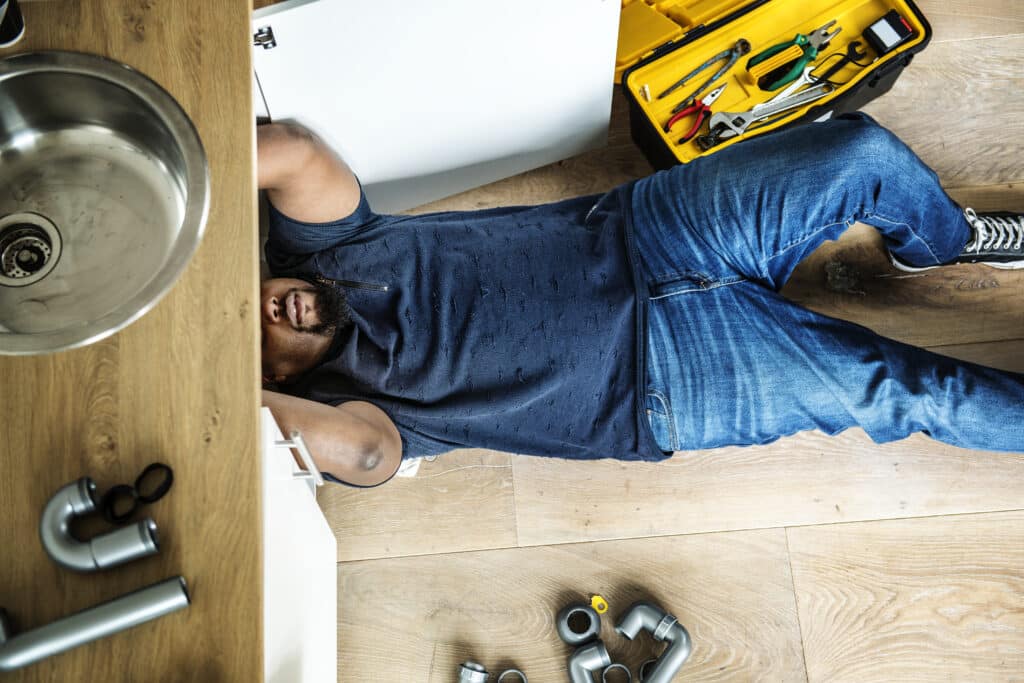Many homeowners worry about what to fix in their homes when they are trying to sell. The reality is there are many things you don’t have to improve to sell your home successfully!
However, it would be best to repair a few things to sell quickly and protect yourself from liability. Other flaws should be corrected to increase your chances of a speedy and successful offer.
Below, we explain what to fix and what not to fix when selling your house:
Not Acceptable: Substandard Conditions
Property owners in California need to make sure their homes are not substandard. It’s okay if the house needs some work, but there must not be a severe problem that is hazardous to the home’s potential occupants.
To be considered substandard, a house must have problems that affect its livability and safety. These issues can include lack of adequate heating or cooling, broken electrical systems, significant structural damage, serious plumbing leaks, unsafe stairs or walkways, and other conditions that could cause injury.
Outside Condition
The first thing you should do is make sure the house looks good on the outside. It isn’t necessary to replace old roof shingles or paint wooden siding, but things like cracks in concrete steps or broken windows could be considered a substandard condition.
Water Damage
Water damage is not acceptable, so you’ll need to correct it right away. If the basement has ever flooded, be sure to look for spotting or hazardous mold and mildew. Call in a professional service who can clean and sanitize the area.
Fix What’s Broken
The following things you’ll need to fix are the ones that will make it difficult for a home buyer to live in your house. This may include fuses or circuit breakers that have blown out, heating systems that aren’t working correctly, faulty electrical wiring, and any other problems that could cause fire or health issues.
Also note that, if you’ve started a renovation that isn’t complete, the house could be labeled “substandard” even though you were trying to improve it.
Acceptable: Normal Wear & Tear
You might not have to correct every issue before putting your house on the market. The charm of an older home holds a great deal of appeal for many buyers, so a few quirks can actually be viewed as a selling point. As long as the house is comfortably livable, you can sell it even with minor cosmetic damage inside or outside. Normal wear and tear, or what not to fix when selling your house, might include:
- a leaky faucet
- a chipped bathtub
- an older roof
- cracked plaster on ceilings and walls (without water damage)
- an inoperative fireplace
- lack of landscaping
- faded paint
- problems with air conditioning
- worn or torn wallpaper (if it doesn’t have water damage)
Other examples of wear and tear may include older screens in the windows, outdated fixtures, and creaky staircases. It’s also OK to put “band-aids” on wear-and-tear flaws you don’t want to fix. If there are some cracks in your wall or visible rot under a windowsill, for example, you may consider painting over the area to make the property more attractive to buyers.
Ready to Sell?
Before selling your house, make sure to get an experienced real estate broker and property manager like Amanica to help you navigate difficult decisions and come up with solutions that work for everyone involved in the process. After potential buyers have inspected your house and established what repairs or cosmetic upgrades are necessary before buying the property, they can negotiate with you before taking ownership. Once the paperwork is signed, you can walk away feeling good about what you’ve done!


